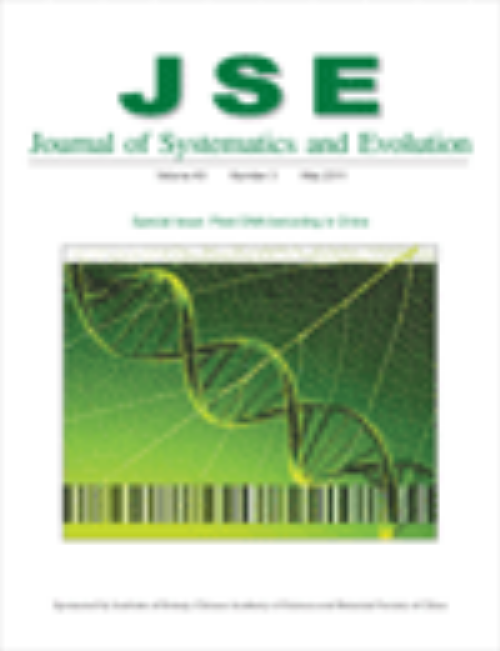Table of Contents
-

Volume 49 Issue 3
Special issue: Plant DNA barcoding in China
Cover illustration: Conceptual sketch for plant DNA barcoding. A coordinated effort has been made across research groups to enhance the creation of a reference database for plant barcoding in China. See Editorial by LI et al., pp. 165–168 in this issue. Designed and illustrated by Ling WANG & Hong WANG.
Editors-in-Chief
Song Ge
Jun Wen
Song Ge
Jun Wen
Impact Factor
3.7
JCR 2022 IF ranking: 60/238 (Plant Sciences, top 25%, Q2 quartile)
Journal Abbreviation: J Syst Evol
CN: 11-5779/Q
Frequency: Bi-monthly
Journal Abbreviation: J Syst Evol
| ISSN: | 1674-4918 (Print) 1759-6831 (Online) |
Frequency: Bi-monthly

Scan to view the journal on your mobile
device
device

Scan to follow us on WeChat







